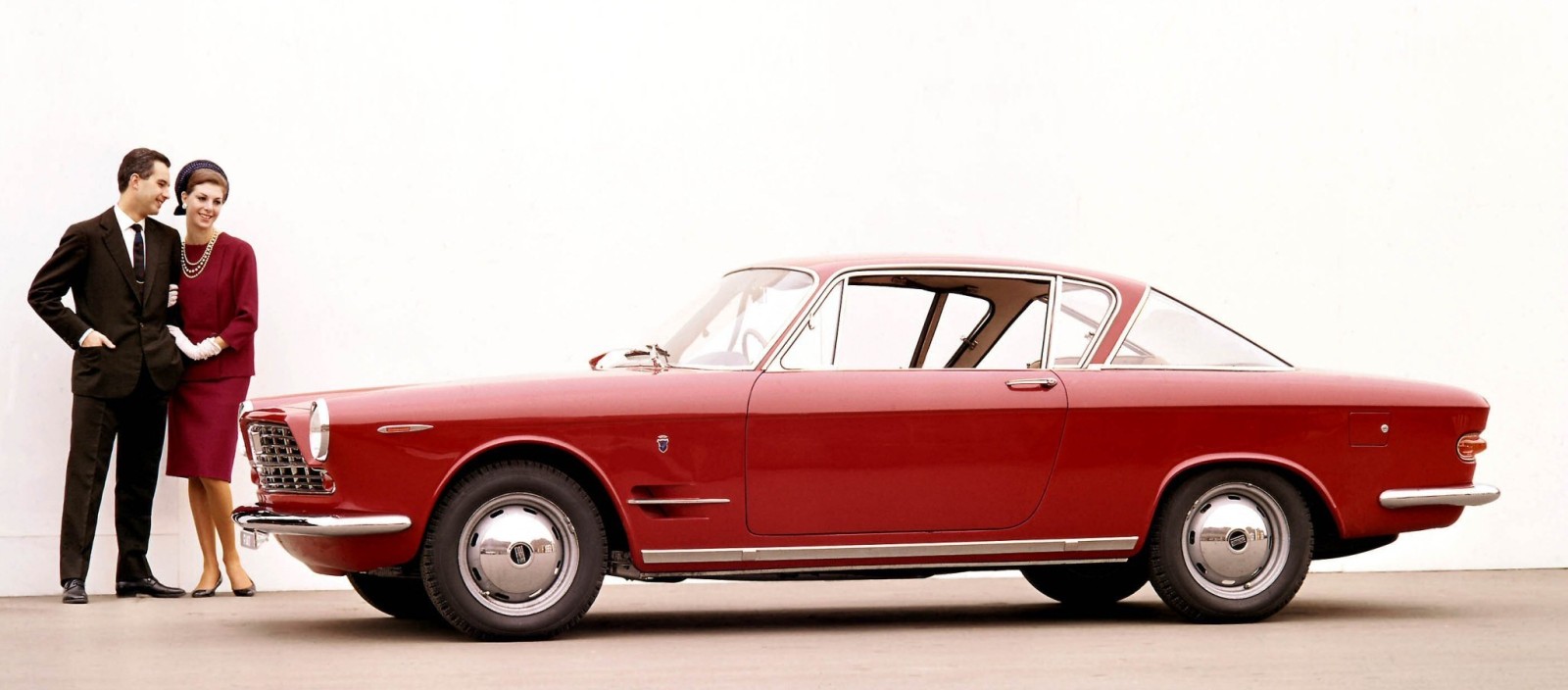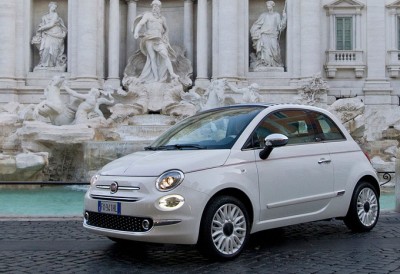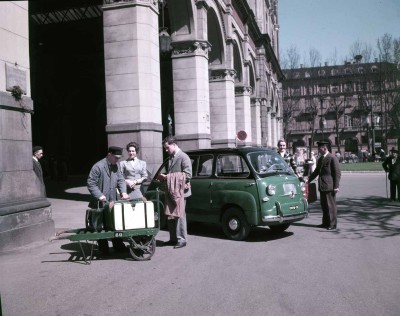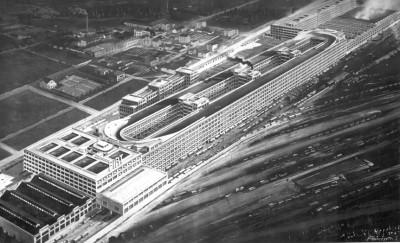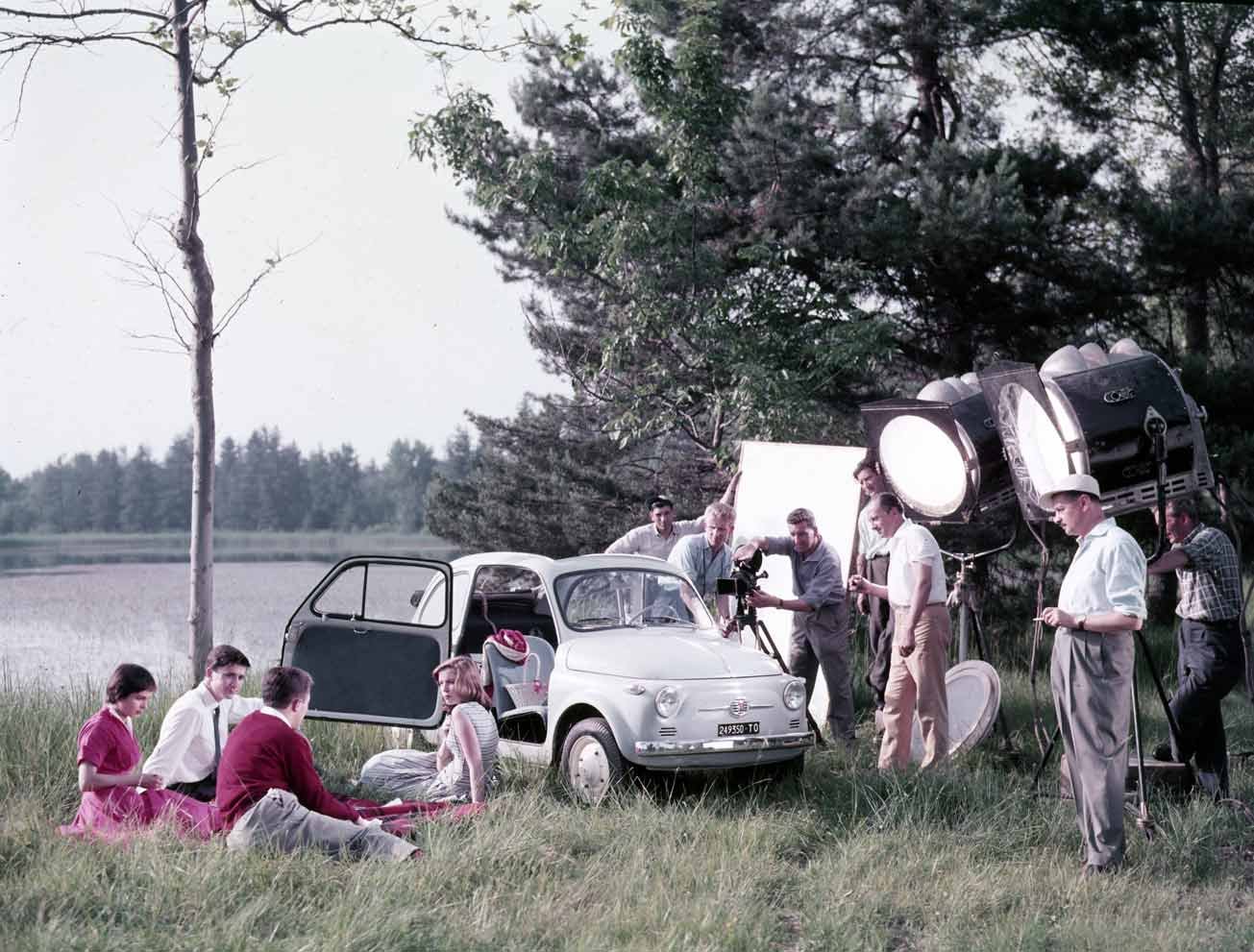
In 1899, Fiat is born. The beginning of 125 years of 'The Sweet Life' of beautiful Italian cars. Fast cars too, often made even faster by Carlo Abarth. Autoworld celebrates both brands from 4 July to 1 September.
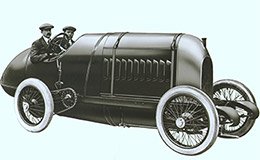
Mephisto
In 1899, Italy decends into a deep crisis. But the land of the boot will soon close the automobile into its passionate heart. Only the Pope will be more revered than the car. It is Giovanni Agnelli who manages to combine craftsmanship, technical ingenuity and unmistakable Italian flair on an industrial scale with his Fabbrica Italiana Automobili Torino, Fiat in short. And from time to time, the brand goes in search of sporting success. The most famous result of this is 'Mephistopheles,' a true monster equipped with an aircraft engine that sets speed records for Fiat.
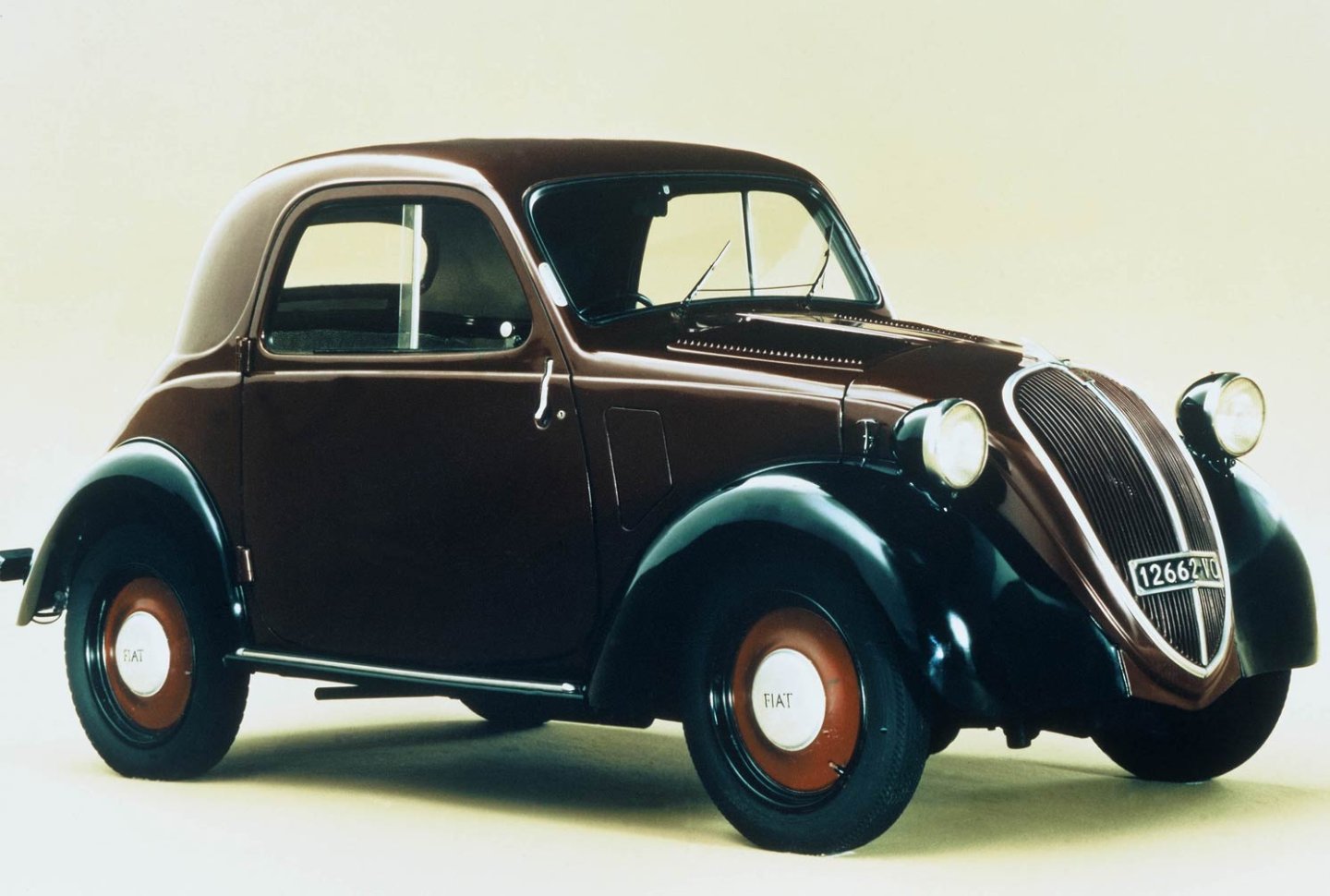
Topolino
Following Henry Ford, Agnelli understands that mass production makes cars cheaper and accessible to a larger public. Italy's thirst for automobiles does the rest. By the early 1920s, 80% of the Italian automobile market is owned by Fiat. In 1923, Agnelli moves into the Lingotto factory in the heart of Turin, the most modern assembly plant in Europe, including a rooftop test track. After the Second War, Italy is once again in deep crisis. The country is on the losing side and industry is literally bombed to pieces. Fiat gets back to work, focusing even more on the average Italian, with the pre-war Topolino and, of course, the illustrious Cinquecento.
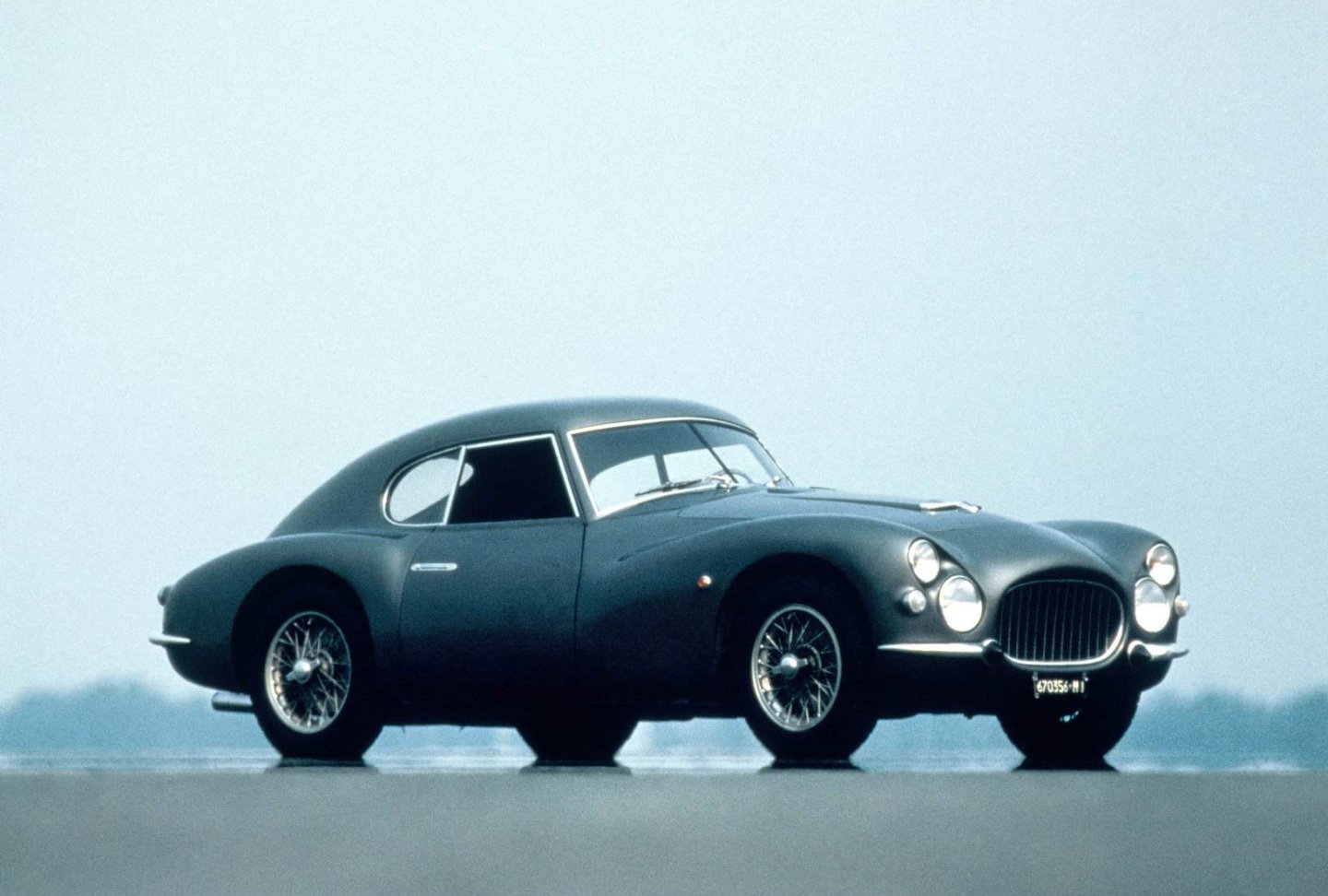
Otto Vu & Multipla
But Fiat would not be an Italian brand if they did not regularly give in to their underbelly, of which the V8-engined Ottovu becomes the most imaginative exponent. There are also brilliant designs like the Multipla, the first 'people carrier' based on the 600.
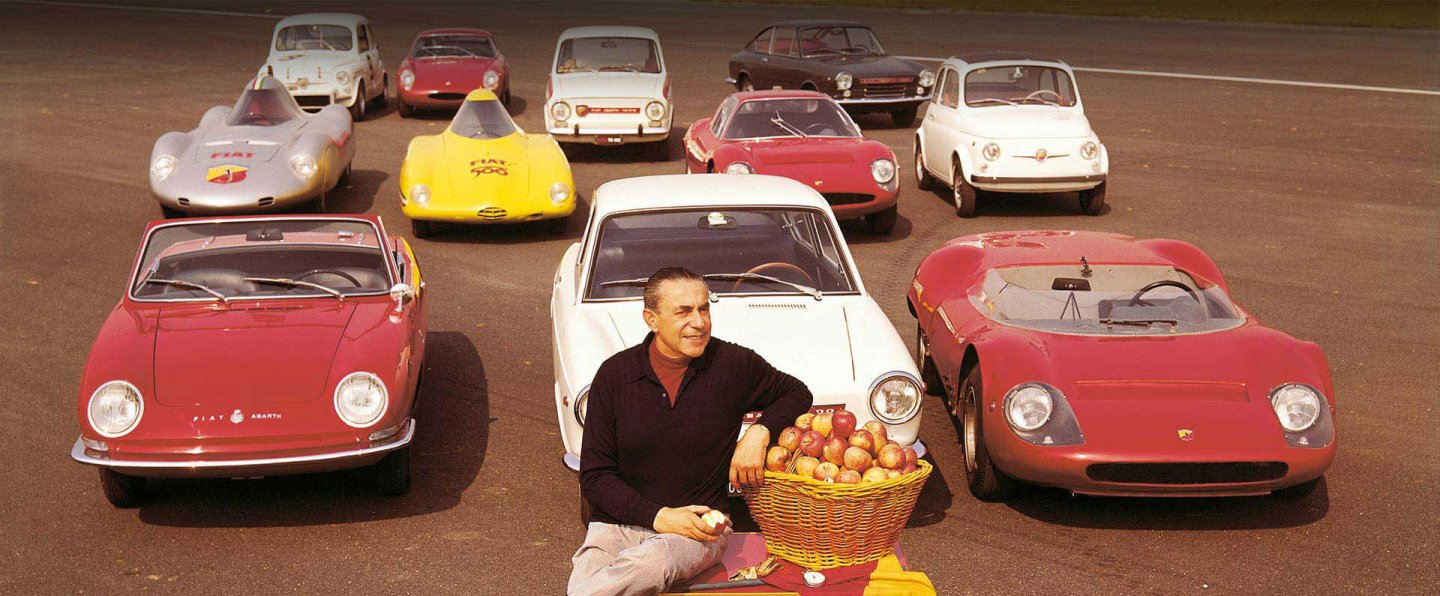
Carlo Abarth
Fiat may have put aside its drive for competition, but that doesn't mean they don't achieve successes on the race tracks of Monza and the like. More often than not combined with the name 'Abarth.' Carlo Abarth had already earned his spurs in racing as sporting director of Cisitalia. When that brand went bust, Abarth moulded his own brand from the remains of the sports car company, using his star sign scorpion as his logo. Besides running its own cars, Abarth also devotes itself to producing parts for other Italian brands, with a view to improving sporting performance.
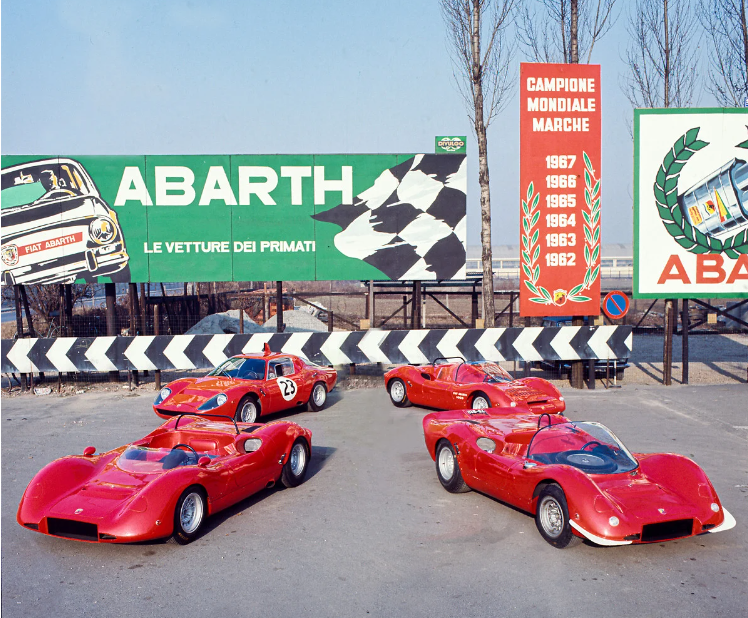
Fiat Abarth
When Abarth moves to Turin in 1951, he joines forces with Fiat a year later. Abarth uses Fiat parts for his cars and receives compensation from Fiat for every victory his cars achieve. In doing so, Carlo Abarth is savvy enough to seek victories in the smaller categories, shying away from opposition with the likes of Ferrari. The partnership is not exclusive, with Alfa Romeo's and Porsches also made faster by Abarth's scorpion logo.
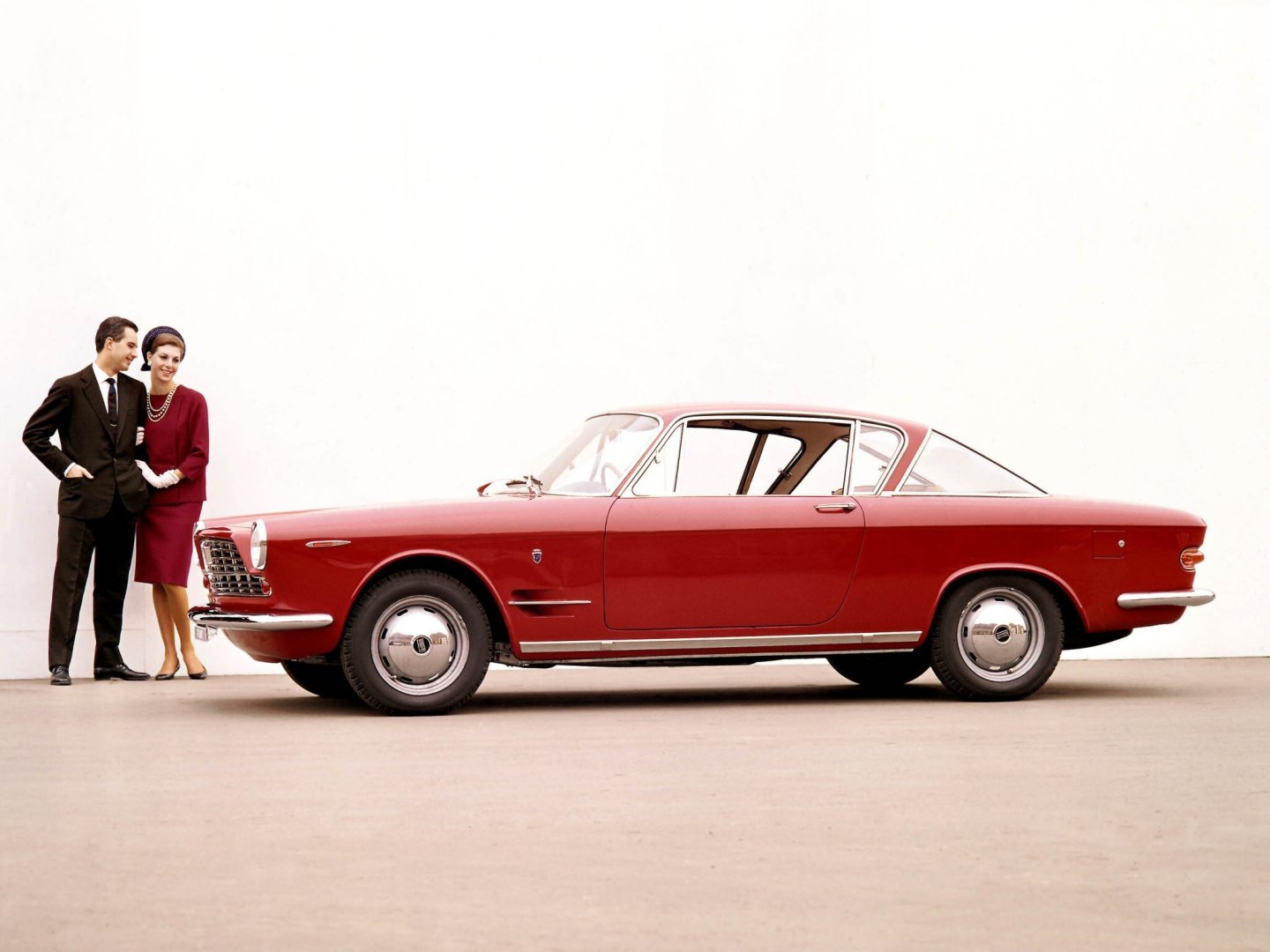
Fiat 2300 Coupé
Fiat, meanwhile, continues to focus on mass production, but again occasionally shows its prowess. With models like the 2300S, released in 1961, it has a flagship that can compete with the most prestigious Italian or other rivals. Once again, Abarth is in charge of optimising performance.
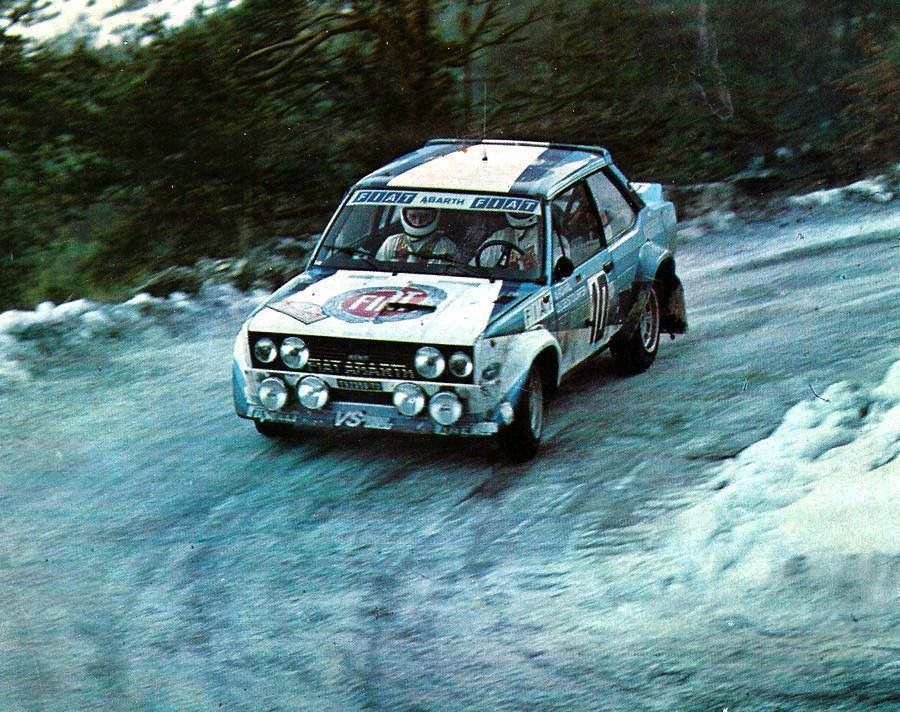
131 Abarth
In 1971, Carlo Abarth sells his company to Fiat. What remains of Abarth passes to Osella, while Abarth becomes the sporting branch of Fiat. The greatest successes are achieved in rallying, with the 124 Abarth Rally and the 131 Abarth scoring several world titles. Indeed, Ferrari, which to Ford's chagrin was also swallowed up by Fiat in the meantime, defends the Italian tricolore in the prestigious F1, endurance and GT races. Afterwards, Abarth does the same with Lancia, meanwhile also part of the Fiat group, including the Beta Montecarlo Group 5 and the 037 Group B rally car, both scoring world titles. In 1981, Abarth ceases to exist and is replaced by the Fiat Auto Gestione Sportiva.
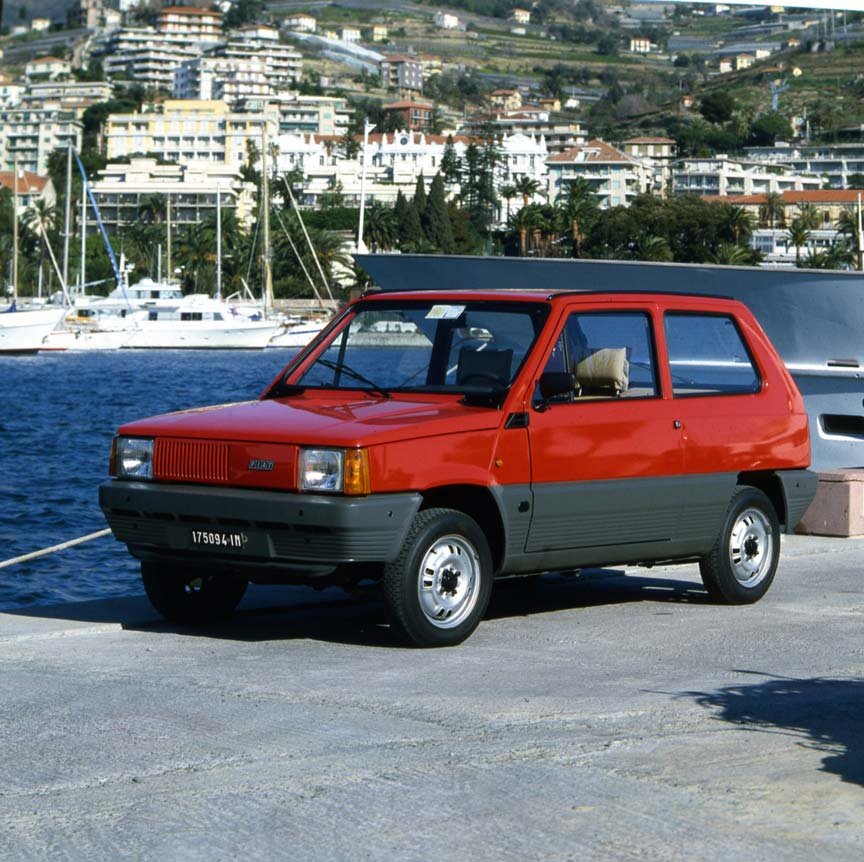
Fiat Panda
The giant that Fiat has since become, with partnerships with Seat and Lada in addition to its own brands, is hit hard again when a severe crisis sweps through the automotive sector in the 1980s. But with the Panda, Fiat once again reverted to an attainable model for all. The Panda would grow into a cult model that would later be followed by a more modern version. That version would also form the basis for the new Cinquecento 500, with which Fiat achieved another unprecedented global success. Meanwhile, the Abarth name also reappeared on the bodywork of several sporty Fiat models, including, of course, the 500 Abarth.
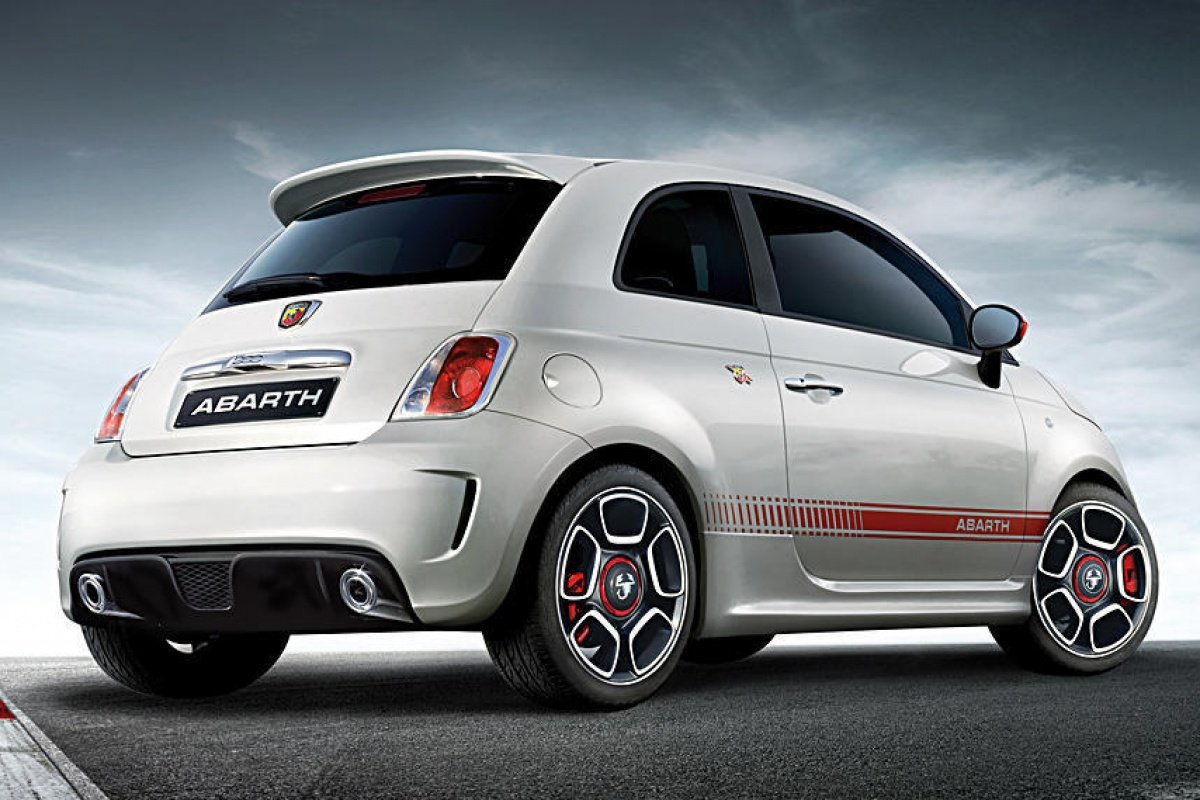
Abarth 500
In 2014, Fiat merges into Fiat Chrysler Automobiles NV. In 2019, that becomes the giant Stellantis when the French PSA Group joins its ranks. In that capacity, Fiat is steaming ahead with united forces for the next 125 years.
